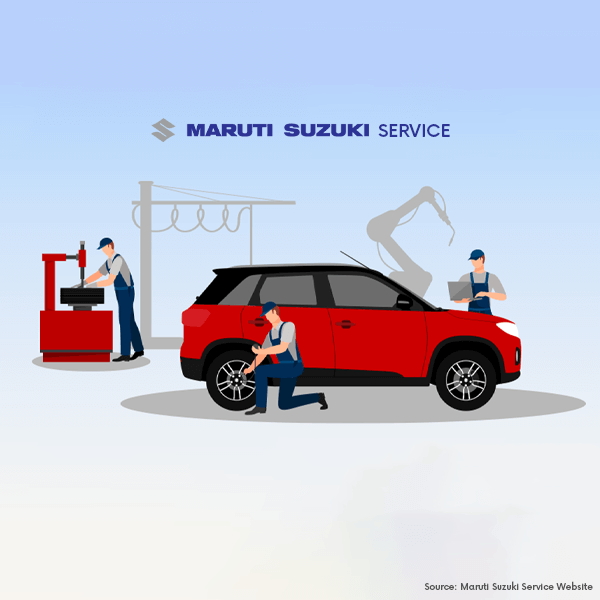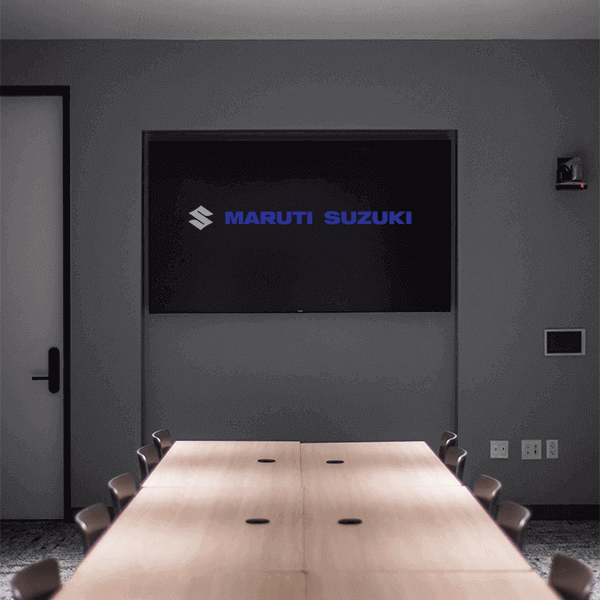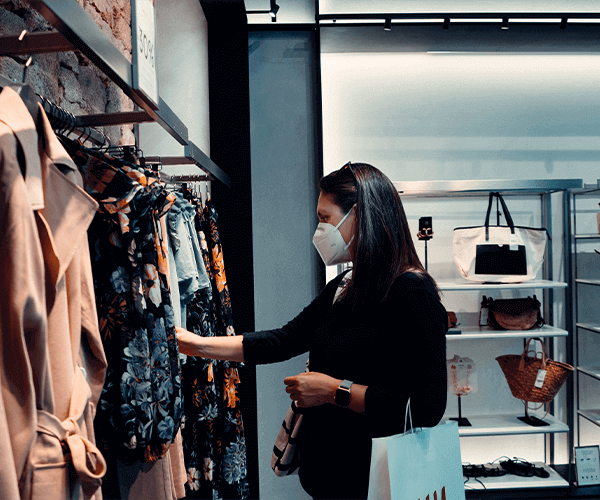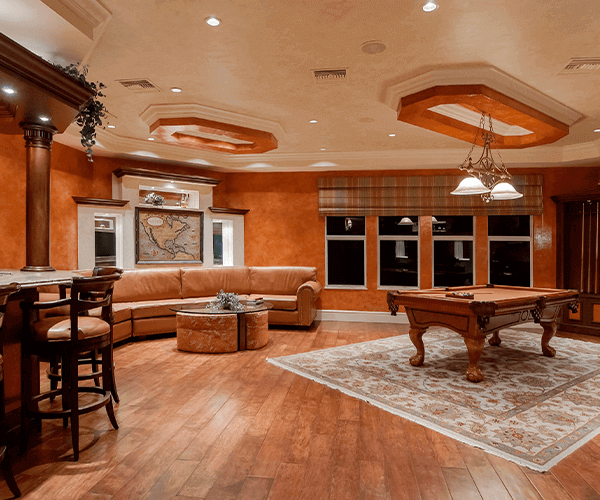If the shop floor (productive square metres) is efficiently designed with an design concept keeping in mind the brand’s value, retail design may help a store improve sales. 'In-store' purchasing decisions are influenced by a variety of criteria such as product quality, durability, and price, among others. However, a brand strategy must consider factors such as how merchandise is displayed, if in-store ads are correctly positioned, what type of music is played, how the store smells, what colour scheme is used on the walls, and whether the atmosphere is appealing or not. Indulging all of a customer's senses in a business can result in a profit for a retailer.
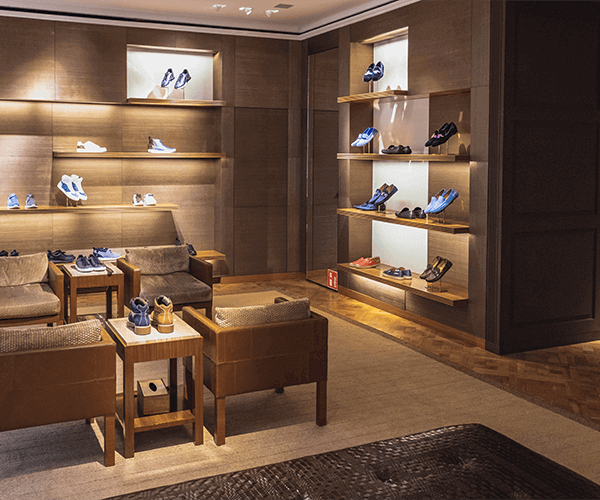
More overly, there has been a rapid rise of e-commerce especially when the pandemic broke out. People’s movement has been restricted, hence making them shop online more now days. As technology is evolving and advancing, these online websites are adding features such as VR, AR and many more, which is enhancing the experience of the customer and making them prefer purchasing things online from their comfort zone.

In order to tackle the steady rise of online business, retailers needs to keep on trying new techniques to enhance the experience of the customers. One major advantage that the retail outlets have over e-commerce business is the unique touch and feel experience which is irreplaceable. However, the issue remains as to how physical retailers will capitalise on this edge by creating superior experiences.
The concept Experience design is still an unknown territory in India. Large groups of people don’t know the difference between experience design and interior design, a major misconception is created as they consider it to be the same. The retail store can be transformed into an attractive zone which could help boost the revenues of the brand. To attract customers, try to engage all of their senses. The feelings should progress from attraction to curiosity to want to action to pleasure at receiving the finest that the shop has to offer. A shop should always be considered as a means of increasing a retailer's income. As a result, the significance of its layout cannot be overstated.
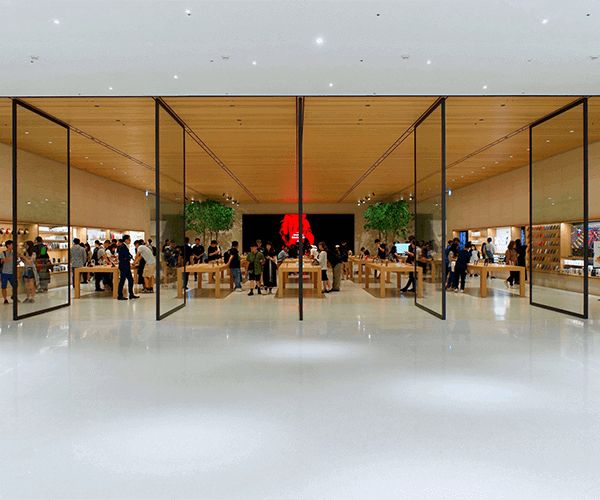
The main objective behind designing any concept of the retail store is to showcase the brand and its ideology and provide a first-hand experience of the brand. Aside from the quality of its goods, a brand's USP should be the 'experience' it provides to its customers on the store floor. A sensory encounter is one that includes all of the senses of sight, smell, sound, touch, and taste.
Footfall in retail store in India is quite high and if one wishes to make them customer they need to stand out from their competitors. Technology can be a major point. As retailers, we must develop an imaginary model that allows us to link technology and the consumer experience in unique ways that a company can own and incorporate into its brand. What do customers enjoy about those encounters? What is the wow factor, and how can we re-create it in ways that haven't been done before in retail? We're only restricted as developers and merchants by how far we allow ourselves to deviate from the traditional concept of retail. Other than that we need to get the store layout correct that should be free flowing and create a sense of relaxation for the customers. Because the time spent in each segment is longer in this atmosphere, it helps to increase sales. Making the proper decision is crucial, but one thing to remember is that what works for clients now may not work tomorrow. It's critical to be adaptable and allow for changes in the layout and item mix. It's also critical to make sure that your layout's components are simple to change.
